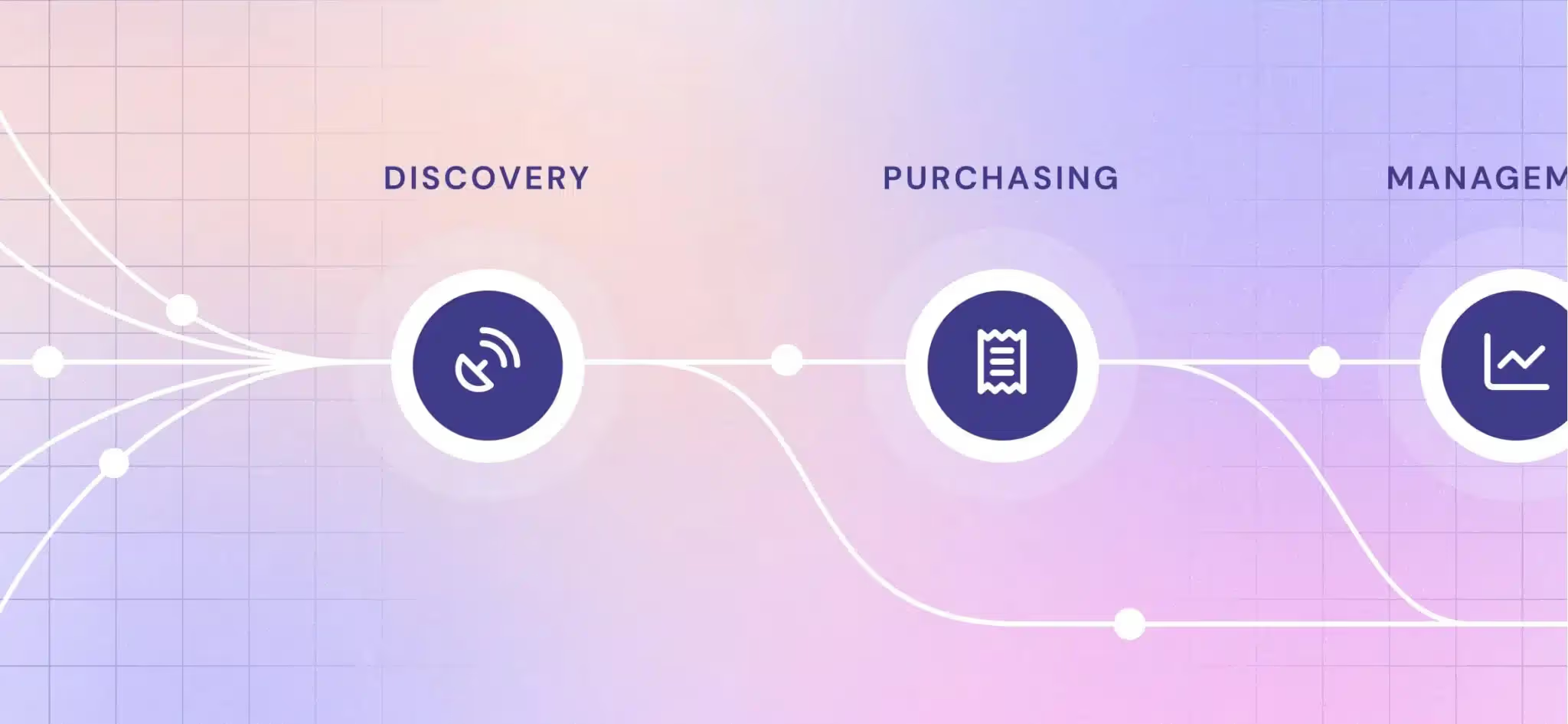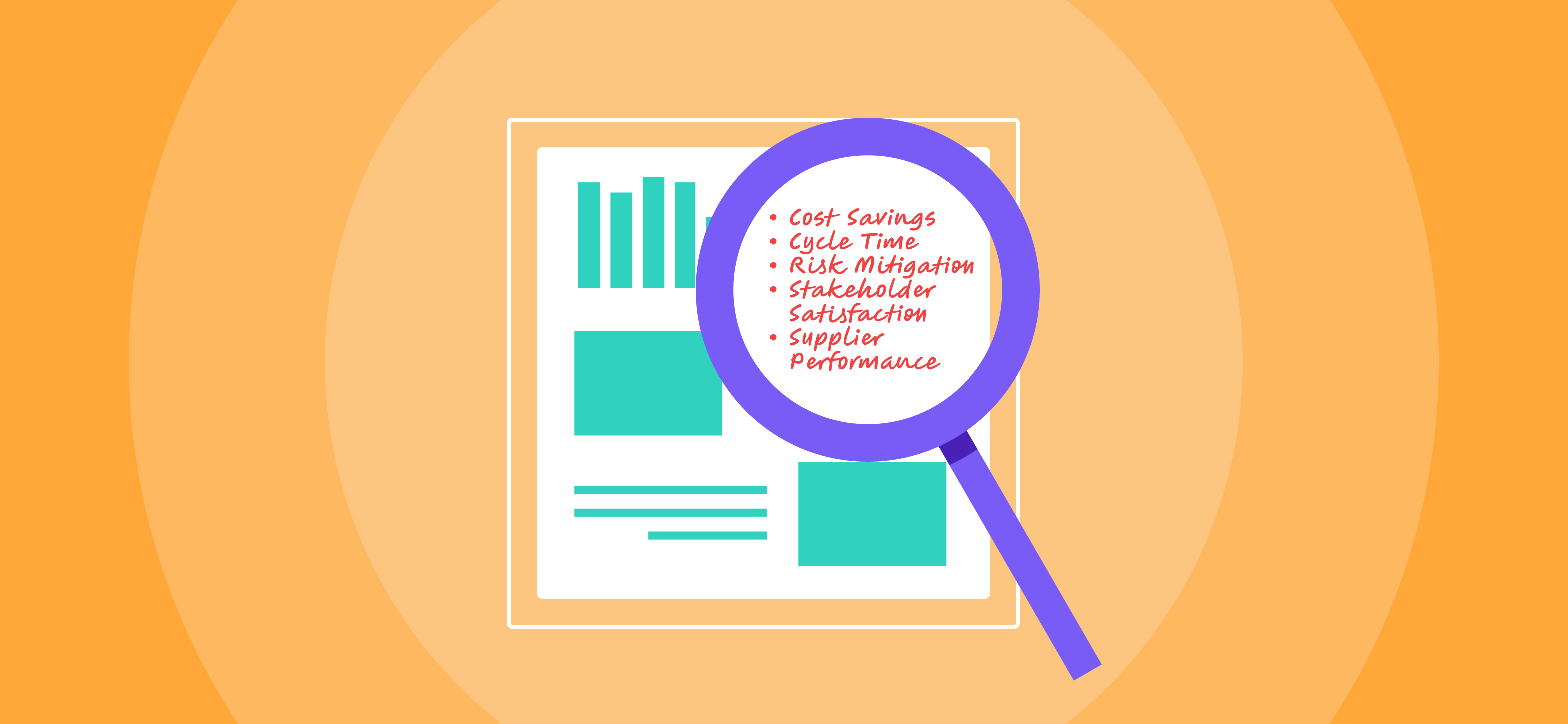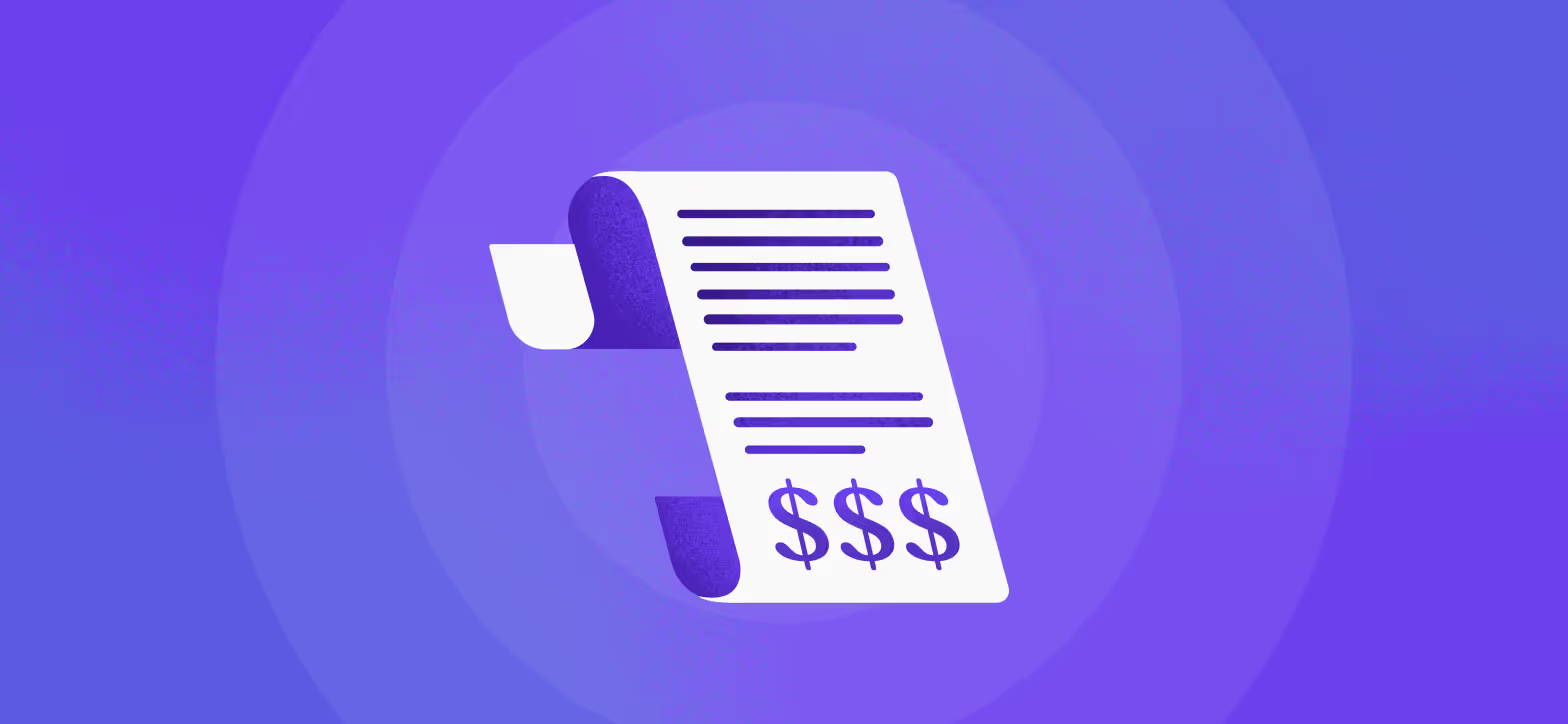As the Software-as-a-Service model continues to make software easier to buy, it’s getting more difficult for IT, finance, and ops teams to manage it all.
Gartner predicted that SaaS spend in the enterprise will rise to $195 billion in 2023. That’s a 17% increase over 2022. The rapid adoption of SaaS that anyone—even individual contributors— can easily purchase on a company card has created operational issues for organizations both large and small.
Security teams wonder what’s eluding them. Finance teams have no clear picture of what’s being paid for and when. Team leads are spending the time and effort to buy software in silos, not able to see across the org to find efficiencies. How can SaaS be better managed at a high level?
Enter SaaS Ops.
What is SaaS Ops?
SaaS Ops—or SaaS Operations—is the practice of discovering, purchasing, managing, securing, and renewing or canceling SaaS subscriptions.
SaaS Ops has grown in prominence due to the rapid increase in the adoption of SaaS tools in the enterprise. In smaller companies, this function is typically not owned by any one team, but is a loose collaboration between operations, finance, IT, and departmental leaders. Enterprises will likely have dedicated procurement, legal, and IT resources that act as the SaaS Ops team, even if they don’t use that name internally.
Just like the now-common Revenue Operations or DevOps team, SaaS Ops offers a means of cross-departmental collaboration to solve challenges that impact an organization at a foundational level.
What Challenges Does SaaS Ops Address?
The SaaS model makes most software easy to try and purchase. Free trials, freemium products, pay-by-month products—it’s easier than ever for individual employees to get the software they need (or think they need), even if it means circumventing your security and finance team’s processes. Many organizations even allow managers to purchase SaaS unaided if it’s below a certain budget threshold.
That ease of adoption leads to what’s known as “SaaS sprawl,” or a state where an organization has so many different software solutions that the IT and security teams are no longer able to keep up with SaaS management.
Here are just a few of the challenges that creates:
Businesses overspend on redundant tools
Different individuals and teams across an organization may be using different tools for similar use cases. For example, the marketing and design teams could be using two separate project management tools when one would suffice.
Businesses overspend on “shelfware”
Shelfware refers to software that’s purchased and never or rarely used. Often teams adopt software without really needing it, racking up subscription costs but not getting full value out of it. Between redundant tools and shelfware, our team at Tropic has found that organizations overpay for software by about 30% on average.
IT is overburdened with SaaS management
Vetting solutions for security practices, access management, provisioning and deprovisioning as employees come and go—all of this and more falls to IT teams. As more SaaS tools come under their purview, the more stretched their resources become.
Individual managers/directors spend hours negotiating contracts
Based on our research, the average manager/director spends 4-12 hours of all-in work per contract. Considering the average company has about 300 contracts, that means senior-level employees are using 1,200 to 3,600 hours annually just on contract and spend management.

What Does SaaS Ops Encompass?
SaaS Ops is still a fairly new concept, and many companies don’t yet have a dedicated SaaS Ops function. That means there’s not really a standard set of responsibilities for the function. Each company handles it differently.
That said, there are some core processes that any SaaS Ops team should handle, such as:
SaaS Discovery and Vetting
SaaS Ops should work with managers across the company to understand their business needs and help them discover and evaluate the best solutions. This includes price comparisons, but it’s not just about getting the lowest cost solution in every instance. It’s about making sure every SaaS vendor is driving value for the users and the business. A feature-rich solution that aligns with your use case is worth paying for.
Purchasing and Contract Negotiation
SaaS Ops should handle the bulk of the work when it comes to negotiating contracts with every SaaS provider. That includes price negotiation, configuration, license optimization, and contractual terms.
These processes cost functional area leads and managers hundreds of hours per year, and are the source of errors that lead to overspending. SaaS Ops should be well-versed in SaaS contracts and ensuring your org gets what it pays for.
SaaS Lifecycle Management
This includes user provisioning and deprovisioning, group management, implementation, onboarding/offboarding, vendor evaluation, renewal/termination, and anything else that falls under the ongoing management of SaaS tools.
Security
While security could technically fall under the lifecycle management umbrella, it’s worth calling out as a separate item. Most SaaS solutions today follow strict enterprise security practices, but SaaS Ops should do its own due diligence to ensure your own standards are met.
ISACA, an international professional association focused on IT governance, pointed out some of the most common SaaS security risks, which include:
- Business and customer data loss
- Unauthorized access
- Poor API security
- Risk mitigation
Want someone to handle all of these processes but don’t have the budget to hire an in-house procurement team? Check out our case studies to see how Tropic is turning procurement into a strategic advantage for companies without dedicated procurement teams.
Benefits of a Dedicated SaaS Ops Team
Better Cost Control
…which means reduced costs and burden on your ops, security, and finance teams.
A SaaS Ops team gives you a central view of your company’s SaaS stack, so you won’t rack up uncontrollable costs.
It makes it easier for finance teams to forecast SaaS costs and make better decisions around cost optimization. Data from Capiche shows that software prices have increased 62% over the past decade—that’s significantly higher than the inflation rate. Businesses can’t afford to be overspending by 30% when costs are consistently climbing as it is.
Stronger Security and Compliance Practices
…thanks to a single source of truth on which SaaS has been purchased.
Many organizations can’t tell you how many tools are being used across the entire org, or even which ones teams have purchased. If you need to comply with SOC II, ISO27001, or any other security standards/guidelines, this poses a major risk.
SaaS Ops should include security and compliance assessments and recurring monitoring to ensure consistent compliance.
Increased Productivity
…via workflow automation, less burden on managers to negotiate contracts and track spend, and more collaboration.
A good SaaS Ops function will enable you to automate common SaaS workflows, such as invoice management, user provisioning, onboarding, etc. Instead of forcing your finance team to manually chase colleagues for invoices and user information, SaaS Ops should work to automate those tedious processes.
SaaS Ops also improves productivity by taking contract negotiation and license optimization out of the hands of individual managers and putting it into the hands of experts who know how to get the most out of every investment.
For example, RainFocus turned to Tropic for its SaaS Ops needs. Our solutions cut down on the time their teams spent on procurement. Tropic saved RainFocus over 500 hours and 25% of their previous software spend by automating approvals and providing a proven procurement process.
Improved Employee Experience
…through better enablement programs.
One of the hardest parts of onboarding a new employee is making sure they have access to all of the software they need to work. This is nearly impossible if you don’t even know what software your teams and individuals are using.
By keeping a central system of record for all SaaS solutions, SaaS Ops can make sure the right people have the right access to what they need.
And for employees who want to try and buy new solutions, SaaS Ops can streamline those processes and maintain visibility into all the software in the org.
How to Build a SaaS Ops Team
SaaS Ops is still so new that it’s unlikely you’ll find someone with explicit experience in the field. That said, SaaS Ops is really a combination of security, IT, finance, HR, and operations. A SaaS Ops team—composed of employees with those skill sets—could feasibly report to an executive who leads one of those functions, such as a Chief Information Officer, Chief Information Security Officer, CFO, COO, and so on.
Of course, smaller companies—those with fewer than 1,000 employees—likely can’t justify hiring multiple full-time employees specifically for SaaS Ops. These responsibilities will likely fall to existing employees who will carve out time for them. But full-time finance/IT/Ops people likely don’t want to wear part-time procurement hats.
So how can startups and mid-sized companies get SaaS Ops capacity without hiring a whole team to do it—or redirecting resources away from other teams?
One of the best ways to do so is to hire a third-party SaaS procurement solution to handle the bulk of the work that would normally fall to an in-house SaaS Ops team. Here’s how Tropic helps companies win on three core fronts:
Cost Control
The average company overpays for SaaS by 30% due to mismanagement and lacking processes. We solve this problem in the near term by facilitating contract negotiations, backed by thousands of data points to ensure fair pricing. We solve this problem in the long-term by deploying compliant purchasing experiences on our workflow technology to ensure you’ll always get a favorable contract.
Time
The average end user spends 4-5 hours per contract. Across 100+ contracts that’s 400+ hours per year for a single user. By automating the purchasing experience, Tropic reduces this by 87.5% to 30 minutes per contract.
Compliance
Our average customer has near-zero compliance with the desired purchasing controls such as INFOSEC, financial review, proper documentation, etc. Tropic brings this number to 100% compliance by deploying a user-friendly procurement experience.
Tropic is the only end-to-end SaaS procurement and vendor management solution on the market today that brings the best of a SaaS Ops team to you. Get a free estimate of how much you can save on software, or check out our Customer Stories to see how our customers are turning procurement into a strategic advantage.
Related blogs
Discover why hundreds of companies choose Tropic to gain visibility and control of their spend.








